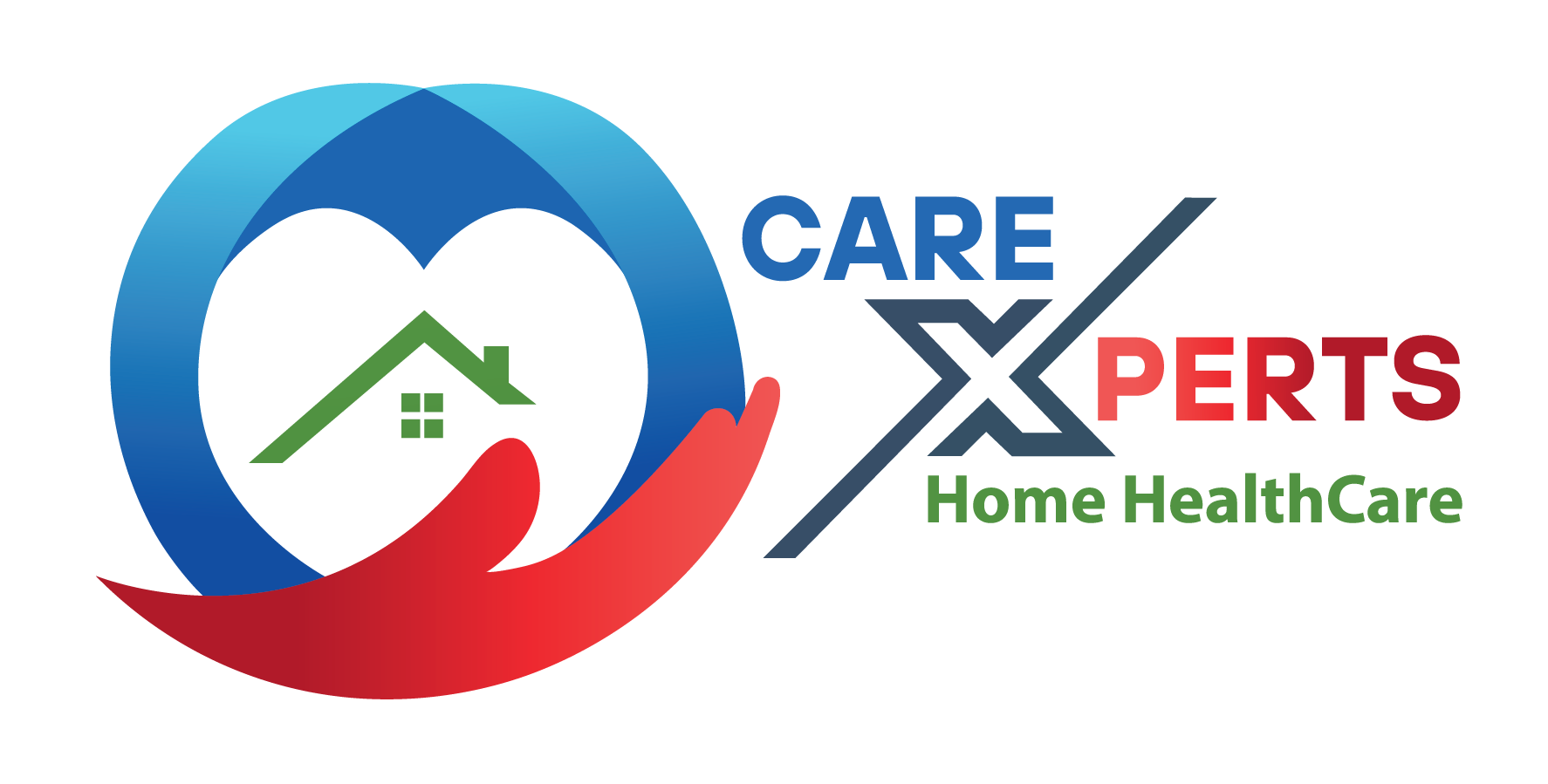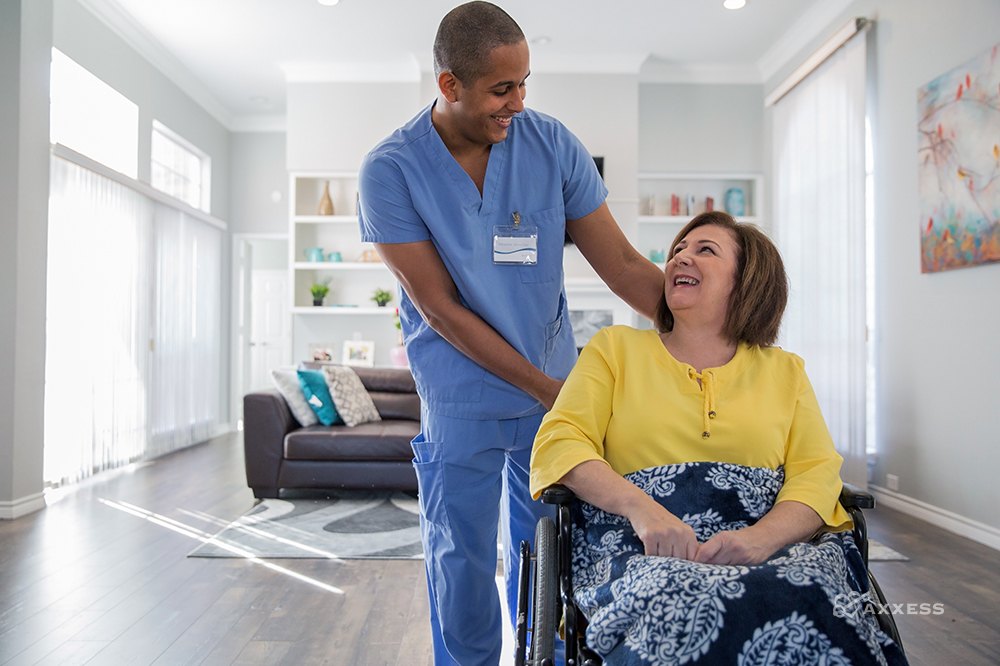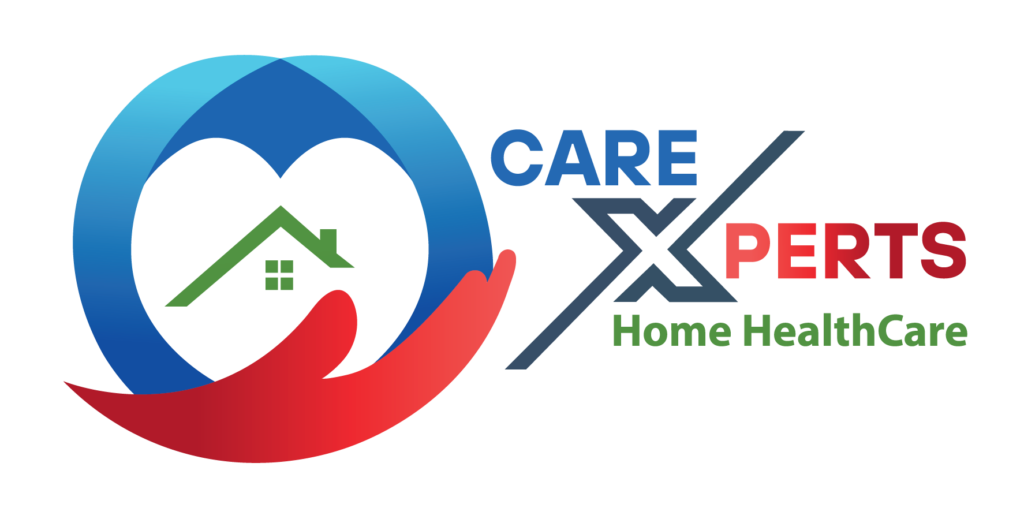Postoperative Home Care and Rehabilitation Services
Recovering from surgery can be a challenging journey, one that extends far beyond the walls of a hospital. “Postoperative Home Care and Rehabilitation Services” is an essential guide that shines a light on the critical phase of recovery at home. This guide is dedicated to helping patients and their families navigate the often complex and multifaceted path of post-surgical care in the comfort of their own homes.
The period following surgery is a delicate time when proper care and attention are paramount. This guide delves into the comprehensive services designed to aid this crucial phase, highlighting the importance of specialized home care and rehabilitation strategies. The guide provides insights into home-based recovery, from managing post-surgical pain and wound care to facilitating physical therapy and mobility exercises.
Understanding the unique challenges postoperative patients face, this guide emphasizes a holistic approach to recovery. It combines medical expertise with compassionate care, aiming to expedite the physical healing process and support the emotional and psychological well-being of patients.
“Postoperative Home Care and Rehabilitation Services” is an invaluable resource for anyone embarking on the post-surgery recovery journey. It offers practical advice, expert knowledge, and comforting reassurance to ensure a safe, effective, and comfortable recovery experience at home.
Post-Surgery Home Care Essentials
Understanding the Critical Elements of Recovery at Home
After undergoing surgery, the transition to home care is a critical phase where the focus shifts to ensuring a safe and effective recovery. The essentials of post-surgery home care revolve around creating an environment conducive to healing and providing the necessary support for the patient.
Creating a Healing Environment: The first step in post-surgery home care is preparing a comfortable and accessible living space. This may involve rearranging furniture to create clear pathways, ensuring the patient’s room is on the ground floor to avoid stairs, and equipping the bathroom with safety features like grab bars.
Pain Management: Effective pain management is crucial. This typically involves administering prescribed pain medications on a strict schedule to manage discomfort and prevent pain from becoming unmanageable.
Wound Care: Proper wound care prevents infection and promotes healing. This includes regular cleaning and dressing of surgical wounds, monitoring for signs of disease, and adhering to the surgeon’s instructions on wound care.
Assistance with Daily Activities: Depending on the type of surgery, patients may need help with movements of daily living, such as bathing, dressing, and moving around. This assistance helps prevent strain on the surgical site and ensures the patient’s safety.
Nutritional Support: A balanced diet is vital for recovery. Meals should be rich in proteins, vitamins, and minerals to aid healing. Hydration is equally important, and the patient should be encouraged to drink fluids regularly.
Monitoring for Complications: Caregivers should be vigilant for any signs of complications, such as infection, blood clots, or unusual pain, and report them to the healthcare provider immediately.
Tailoring Rehabilitation Services for Home-Based Recovery
Customized Strategies to Regain Strength and Mobility
Rehabilitation is a cornerstone of recovery post-surgery, particularly for mobility and strength procedures. Tailoring rehabilitation services for home-based recovery involves several key strategies:
Assessment and Personalized Plan: A healthcare professional, often a physical therapist, should assess the patient’s rehabilitation needs. Based on this assessment, they develop a personalized plan that targets the patient’s specific surgical recovery goals.
Physical Therapy Sessions: Physical therapy may include a range of exercises designed to restore strength, flexibility, and mobility. The therapist will instruct the patient through these exercises, slowly increasing power as the patient’s condition improves.
Occupational Therapy: Occupational therapy can be crucial if the patient works with daily tasks. This treatment focuses on improving fine motor skills and adjusting everyday movements to the patient’s abilities.
Use of Assistive Devices: Rehabilitation might contain training with assistive widgets such as walkers, canes, or braces to aid mobility and ensure safety.
Home Exercise Programs: Besides supervised therapy sessions, patients are often given exercises to perform independently. These home exercises are vital to maintain progress between therapy sessions.
Regular Progress Evaluation: The rehabilitation plan should be reviewed and adjusted based on the patient’s progress and feedback. This ensures that the recovery goals are being met effectively.
Effective Wound Care and Management Techniques
Ensuring Safe Healing and Infection Prevention
Effective wound care is a critical component of the postoperative recovery process. Proper wound management accelerates the healing process and significantly reduces the risk of infection. Here are key techniques and strategies for effective wound care:
Regular Cleaning and Dressing Changes: One of the most important aspects of wound care is keeping the wound clean and properly dressed. This involves regularly changing bandages and dressings to prevent bacteria build-up. The type of dressing used may vary depending on the wound type and location.
Monitoring for Infection: Caregivers and patients should be educated on identifying signs of infection, such as increased redness, swelling, warmth around the wound, or unusual discharge. Any signs of infection should be promptly reported to a healthcare provider.
Proper Hygiene Practices: Maintaining good hygiene is vital in preventing wound infections. This includes regular hand washing before and after touching the wound and using sterile techniques when changing dressings.
Nutrition and Hydration: A balanced diet rich in vitamins and minerals can heal wounds, especially vitamin C and zinc. Good hydration is also essential for supporting healthy skin and promoting faster healing.
Avoiding Unnecessary Pressure: For wounds in areas that bear weight or are subject to pressure, it is important to avoid excessive stress on the wound. This may involve using special cushions or mattresses and repositioning techniques.
Wound Moisture Balance: Maintaining an appropriate moisture balance in the wound is crucial. While overly wet conditions can lead to infection, a too-dry environment can slow healing. Specialized wound dressings can help maintain this balance.
Advanced Pain Management Techniques in Home Care
Alleviating Discomfort for Enhanced Recovery
Effective pain management is essential in the postoperative phase to ensure patient comfort and facilitate recovery. Here are several advanced techniques for managing pain in a home care setting:
Medication Management: Pain medications, including over-the-counter and prescription drugs, should be carefully managed. It is essential to follow the prescribed dosages and schedules to effectively control pain without causing adverse effects.
Alternative Pain Relief Methods: In addition to medication, alternative methods such as heat or cold therapy, massage, and relaxation techniques can effectively manage pain. These methods can be used in conjunction with drugs for a more holistic approach to pain relief.
Pain Assessment Tools: Regular assessment of pain using standardized tools can help accurately determine the patient’s pain levels and the effectiveness of the pain management strategies being employed.
Education on Pain Management: Patients and caregivers should be educated about pain management, including how to use pain relief techniques safely and when to seek medical advice.
Physical Therapy and Exercises: Gentle physical therapy and specific exercises can help alleviate certain types of pain, especially musculoskeletal pain post-surgery. These should be performed under the guidance of a healthcare professional.
Psychological Support: Emotional and psychological factors can influence the perception of pain. Psychological support, stress management techniques, and a comfortable, reassuring environment can help reduce pain perception.
Integrating Physical Therapy into Postoperative Recovery
Maximizing Functionality and Movement at Home
Physical therapy is a crucial element in the postoperative recovery process, particularly in restoring movement and functionality. Integration of physical therapy at home involves:
- Initial Assessment: To create a tailored therapy plan, a physical therapist evaluates the patient’s specific surgery type, overall health, and mobility levels.
- Customized Exercise Programs: Based on the assessment, the therapist designs exercises to restore strength, flexibility, and mobility specific to the patient’s surgical procedure.
- Pain Management Through Movement: Therapeutic exercises also reduce pain and heal faster.
- Regular Monitoring and Adjustments: As the patient progresses, the therapist continuously evaluates and adjusts the therapy plan to meet evolving recovery needs.
Developing Personalized Care Plans
A Patient-Centered Approach to Post-Surgical Healing
Personalized care plans are integral to effective post-surgery recovery. They involve:
- Collaborative Planning: Healthcare professionals work with the patient and family to develop a plan that addresses the patient’s specific surgical recovery needs, preferences, and lifestyle.
- Holistic Focus: The plan encompasses physical health, dietary needs, mental and emotional well-being, and social support.
- Flexibility and Adaptability: The care plan is regularly checked and modified as the patient’s needs change during recovery.
Comprehensive Medication Management Post-Surgery
Ensuring Accuracy and Compliance in Treatment
Post-surgery medication management is critical and includes:
- Medication Scheduling and Monitoring: Ensuring the patient takes the right medications at the right times to manage pain and prevent infection.
- Education on Medication Use: Teaching the patient and caregivers about each medication’s purpose and potential side effects.
- Coordination with Healthcare Providers: Regular communication with healthcare providers to manage or adjust medications as recovery progresses.
Designing Home-Based Recovery Programs
Creating Conducive Environments for Healing
Home-based recovery programs are tailored to the patient’s home environment and include:
- Safe and Comfortable Space: Modifying the home to create a safe, accessible, and comfortable healing environment.
- Activity Planning: Structuring daily activities to balance rest and movement, avoiding strain while promoting gradual recovery.
- Support Systems: Integrating family and caregiver support into the recovery process.
Embracing a Patient-Centered Care Approach
Focusing on Holistic Well-being and Comfort
A patient-centered care approach involves:
- Individualized Attention: Recognizing the patient’s unique needs, preferences, and values in the care process.
- Emotional and Psychological Support: Addressing recovery’s emotional and mental aspects, providing support and counseling as needed.
- Active Patient Participation: Encouraging the patient’s involvement in their recovery and decision-making process.
Leveraging Professional Nursing Support
Expert Care for Comprehensive Postoperative Recovery
Professional nursing support plays a vital role in postoperative care:
- Skilled Nursing Care: Providing expert wound care, medication management, and monitoring for signs of complications.
- Patient Education and Advocacy: Educating patients on self-care techniques and advocating for their needs with other healthcare professionals.
- Continuous Assessment and Care Coordination: Regularly assess the patient’s condition and coordinate care with other healthcare team members to ensure a comprehensive approach to recovery.
FAQs about Postoperative Home Care and Rehabilitation Services
Q1: What does postoperative home care include?
A1: Postoperative home care includes services like wound care, medication management, physical and occupational therapy, personalized care planning, and assistance with daily activities. It is tailored to help patients recover safely and comfortably at home after surgery.
Q2: How important is physical therapy in postoperative care?
A2: Physical therapy is vital in postoperative care. It helps patients regain strength, improve mobility, and reduce pain, which are crucial for a speedy and effective recovery.
Q3: Can postoperative care be customized to my specific needs?
A3: Yes, postoperative care is highly customizable. Healthcare experts will work with you to develop a care plan that addresses your specific surgical recovery needs and personal preferences.
Q4: How does professional nursing support aid in postoperative recovery?
A4: Professional nurses provide skilled care such as wound management, medication administration, and complication monitoring. They also educate and support patients throughout the recovery process.
Q5: Is it safe to recover at home after surgery?
A5: Yes, with the right support and care plan, it is safe to recover home after surgery. Home care professionals ensure that your recovery environment is safe and conducive to healing.
Q6: How long does postoperative home care last?
A6: The duration of postoperative home care differs depending on the surgery type and the individual’s recovery rate. It can range from a few weeks to several months.
Q7: Are family members involved in the postoperative care process?
A7: Family involvement is often encouraged in postoperative care. Family members can provide emotional support and assist with daily activities guided by healthcare professionals.
Conclusion to “Postoperative Home Care and Rehabilitation Services”
“Postoperative Home Care and Rehabilitation Services” is an essential guide to the crucial recovery phase following surgery. It highlights the importance of a personalized, patient-centered approach that encompasses medical care and emotional and psychological support. By integrating professional healthcare services, tailored rehabilitation programs, and family involvement, this guide underscores the possibility of a safer, more effective recovery in the comfort of one’s home.
The journey of post-surgical recovery can be complex. However, with the right care, support, and information, it can be marked by positive growth and healing. This guide aims to empower patients and their caregivers with the knowledge, provide the tools needed for a successful transition from hospital to home, and ensure a recovery that is about regaining physical strength and reclaiming the quality of life and independence.



